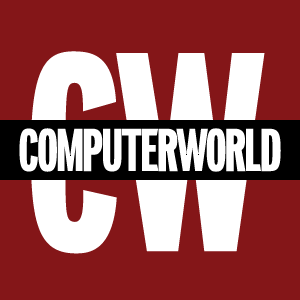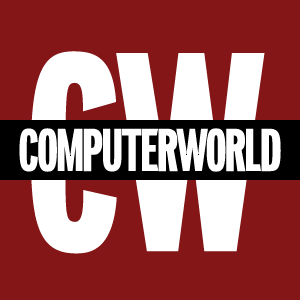
Meetings are an essential part of business life, and, whether you find them exhausting or energizing, you’d probably agree that most could make better use of your time. The people at intelligent calendar assistant maker Clockwise say the time people are spending in meetings has jumped 25% since pandemic-related lockdowns began, and that trend is unlikely to reverse itself any time soon.
I’ve picked up a few tricks over the years for making the meetings I host more productive. For example, I schedule all of them by default for 20 minutes instead of the usual 30 because I find the compressed schedule forces people to get to the point faster and we can always run a little over if necessary.
However, I don’t have all the answers, so I have crowdsourced the topic to the businesspeople on Qwoted to see how they get more mileage from meetings. They did not disappoint.
Is the meeting necessary?
The best way to avoid wasting time in meetings is not to have the meeting in the first place. Financing firm Octane urges managers to ask questions about who absolutely must attend, whether a group can send one person instead of three, and whether the meeting can just as easily be handled by email, said Maria Aveledo, chief business officer.
Madeline Pratt, CEO at creative consultancy Fearless Foundry, uses the Loom video-sharing platform to create quick videos and finds it “a really good way for our team to communicate without having to get on a call.” Another meeting-avoidance technology she applies is Slack Huddles to enable quick, informal virtual conversations.
Loom CEO Joe Thomas sends a short, recorded video in advance that talks through meeting objectives, agenda, and context. “Sometimes that video ends up making the meeting itself unnecessary,” he wrote.
Prepare, prepare, prepare
Not having a clear agenda is the quickest way to send a meeting off the rails. At Livestorm, “we recommend assigning a chief meeting officer [on a rotating basis] who owns the agenda from A to Z and runs the entire meeting,” wrote CEO Gilles Bertaux. “Look over the agenda and decide if the meeting is truly needed or if it can simply be handled in an email,” he added.
Leadership coach Bianca Riemer likes to send an agenda a few days before a meeting and prompt participants to come prepared with questions. “This has helped people speak up who otherwise tend to be quiet,” she wrote.
Owl Labs CEO Frank Weishaupt also sends out “pre-read” documents one to three days in advance that run down what everyone needs to know and asks for questions.
Once you have an agenda, stick to it. Annie Pearl, chief product officer at scheduling software maker Calendly, recommends canceling any meetings for which an agenda hasn’t been prepared. If new discussion items pop up after a meeting starts, “put them in a ‘parking lot’ to revisit later” so you can stay on track, she advised.
Make the most of time
To video or not to video? While the camera can be intrusive, it also forces us to at least look like we’re paying attention, and that makes meetings go faster, noted Livestorm’s Bertaux. At his company, participants are asked to keep cameras on and mute devices to minimize distractions.
Matt Harney, CTO at Vyond, estimates that reading email and catching up on texts during a meeting can make people 40% less productive. Tempting as it is to let your attention stray, don’t do it, he said.
Cloud computing specialist Susanne Tedrick advises running a technical check of equipment and software before the meeting begins. That way, attendees don’t have to bide their time while you struggle to figure out why your mic isn’t working.
Start meetings three minutes after the scheduled start time even if people are still trickling in. “This sets a standard of punctuality,” wrote Anna Dearmon Kornick, Clockwise’s head of community. Meeting owners should be responsible for watching the agenda, time clock, and pacing as well as explicitly stating the purpose of the meeting and intended outcomes. “This keeps the discussion laser-focused on the meeting goal,” she wrote.
“This may sound counter-intuitive, but you can speed up virtual meetings by spending 8% of your time on fun and social activities,” argued Michael Alexis, CEO at workplace event producer Teambuilding. Icebreakers get people comfortable with each other, and organizers can ensure things don’t get out of hand by capping social time at roughly five minutes per hour.
Fearless Foundry’s Pratt agreed. She starts weekly Monday meetings by asking people to share a recap of their weekend or a snippet of what’s going on in their life. “We have a better sense of where everybody’s at emotionally going into the week,” she said. She also likes to close with an offbeat question like “What can’t you wait to be done with today?” that gets people smiling.
Automated transcripts are now a standard feature in most videoconferencing platforms, and, in my experience, they do well on everything but technical terms and proper names. “Key information can be shared afterward in a searchable, on-demand video library, which also allows employees to listen to meetings on their own time and fast-forward to the parts that are most relevant to them,” noted Mike Rich, vice president of strategic alliances at Panopto, whose video sharing platform includes transcription.
Meetings will always be with us, but they shouldn’t monopolize our time. With tips like these, they don’t have to.
Next read this:


